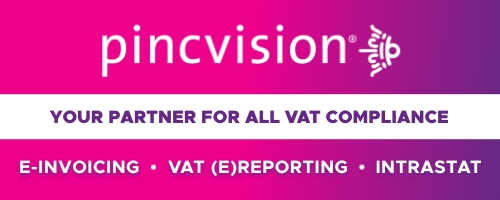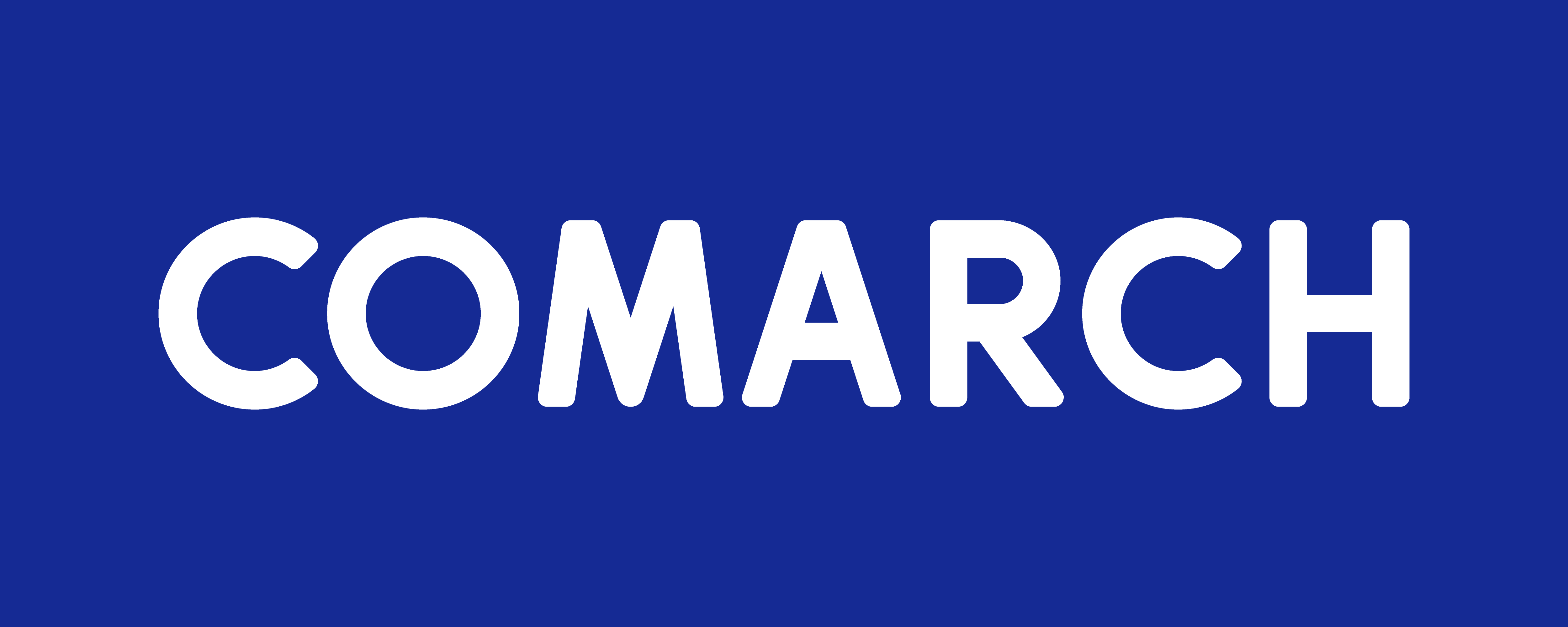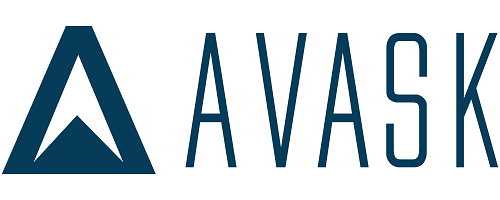A similar function is when the user is given the opportunity to interact with the product, e.g. that the product automatically asks questions that the user answers or that the user asks questions that the product automatically answers. This can, for example, be the case with game apps and linguistic glossary apps. Products that contain such functions thus have the same scope of use as a publication could have in physical form.
It is sufficient that the main area of use of the product is the same as for a corresponding publication in physical form. This means that a publication can be covered by the lower tax rate even if it contains to a lesser extent functions that give it an extended area of use. Examples of such functions are when the user is given the option of sending messages or the option of digital follow-up. When assessing the main area of use, account must be taken of the significance of the various parts of the product for the average consumer (Skatteverket’s position Tax rate on electronic publications ).
When does the product have an extended or different field of use?
If the content or functions mean that the product does not have mainly the same scope of use as a corresponding publication in physical form could have, the product is not covered by the reduced tax rate. An extended area of use or a completely different area of use means that the product does not correspond to a publication in physical form.
A product that contains a navigation system with a map and a text explaining how the navigation system works does not have the same scope of use as a map in physical form. The text is only a means to make the best use of the function in question. The differences that exist between such a product and a publication in physical form are not primarily due to the provision being made electronically, but to the fact that the areas of use differ. The same applies to products that mainly contain an opportunity for users to communicate with other users. The products are therefore not covered by the reduced tax rate (Skatteverket’s position Tax rate on electronic publications ).
The digital textbook has the same content, function and field of use as a publication could have in physical form. It thus corresponds to a publication in physical form. The text mainly consists of such text that is only a means for the students to be able to absorb the video clips in the best possible way. This means that the book mainly consists of moving images . According to the Swedish Tax Agency, the digital textbook is therefore not covered by the lower tax rate. Such a digital teaching aid is instead subject to the normal tax rate of 25 percent.
Source: skatteverket.se














